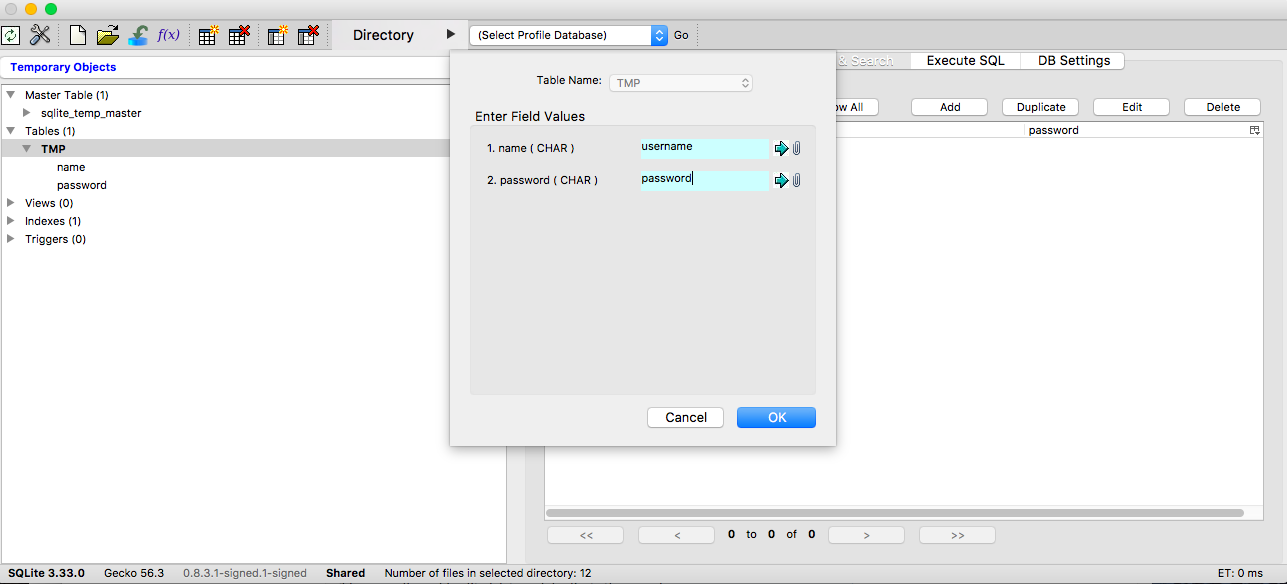

There was a duplicate row in one of the joined tables. DROP TABLE IF EXISTS test CREATE TABLE test ( a TEXT, b. The table STUDENTS have ID column as primary key and NOT NULL. Im taking SQL Essential training on linkedin learning and only on chapter 3 using SQLiteStudio 3.2.1. We can try to enter an album with an ArtistId that doesn't match an ArtistId in the referenced table (i.e. sqlite> CREATE TABLE STUDENTS( ID INT PRIMARY KEY NOT NULL, NAME TEXT NOT NULL, SURNAME TEXT NOT NULL, AGE INT NOT NULL, ADDRESS CHAR(50) ) In the Example above we created a STUDENTS table with five columns (ID, NAME, SURNAME, AGE, ADDRESS). You have to be careful while using this command because once a table is deleted then all the information available in the table would also be lost forever. Once we've created the table with the foreign key, we can test it by attempting to enter erroneous data. SQLite DROP TABLE statement is used to remove a table definition and all associated data, indexes, triggers, constraints, and permission specifications for that table. Well, let’s look at system views and create an OBJECTDEFINITION function analogue for working with table objects. tables command, we should see both tables in the database: sqlite>. Sometimes it is neecessary to retrieve a script description of a table for some scripts. Not good if you're trying to maintain referential integrity. delete, and edit all the data in that table the Constraints tab lists. INSERT INTO Products ( ProductId, ProductName ) VALUES. Now when I insert a new row without specifying a value for the Price column, the default value is used. In other words, we could have orphaned records in our database. After downloading and extracting the database file, run SQLite Studio and select. CREATE TABLE Products ( ProductId INTEGER PRIMARY KEY, ProductName, Price DEFAULT 0.00 ) Here I added a DEFAULT constraint to the Price column. If we didn't do this, it would be possible to have an album that doesn't belong to an artist.

What this means is that, any data that is inserted into this column, must match a value in the Artists.ArtistId column. The column level constraints can be applied only on a specific column where as table level. We can use two types of constraints, that is column level or table level constraint.

This creates a foreign key constraint on the Albums.ArtistId column. The CONSTRAINTS are an integrity which defines some conditions that restrict the column to contain the true data while inserting or updating or deleting. Similar to when we created the Artists table, however, on this one, we have added FOREIGN KEY(ArtistId) REFERENCES Artists(ArtistId) to the end of the statement. FOREIGN KEY(ArtistId) REFERENCES Artists(ArtistId)


 0 kommentar(er)
0 kommentar(er)
